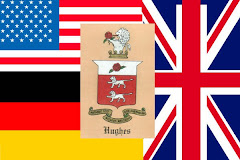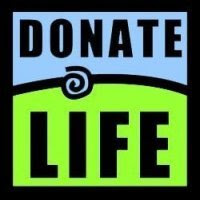Back in the day, when my Mother was still alive, we frequently shared a glass or two of wine. At the end of the evening, as we were winding down, Mom would so often say, "I'll just take a half and a half." Whether it was wine, a cocktail or a beer, her comment would immediately signal that she would have a half a glass before calling it a night. The terminology continues on almost two decades since her passing and even her grandson will occasionally use it.
This week I decided to clean out some of my old emails and happened upon a number of them between my UK friend, Heather and I from 2016. She had found a UK newspaper website that was free for a month and had been busy plugging my Hartlepool surnames into the search engine. Heather always finds the best genealogical websites in the UK and Europe. She has, over the years been so valuable to me in knocking down my brick walls. Most recently she assisted me with connecting with a Danish Family Tree website which opened up my entire Olesen line. Wowee!
Most of the scans Heather had sent me were already downloaded into my computer; however, I had forgotten about several of them and frankly, had not read those I had forgotten about. There was one, which will be featured here, that I now have found the time to read and had a good chuckle while doing so.
The newspaper article deals with a police court case in West Hartlepool, England in 1895 and my paternal great grandfather, John George Hughes. John would have been twenty-two and it was two years before he married my paternal great grandmother, Elizabeth Ferdinande Olesen.
The article examines a drunk and disorderly case involving a man, Adam Guthrie, and a police officer, P.C. George Edward Lawless. Just a little chuckle here--imagine a policeman with the surname Lawless. LOL Guthrie became violent, pulled a pocket knife and fought Lawless, cutting him in the scuffle. To the rescue.....my paternal great grandfather, John George Hughes.
Second newspaper article on this police court case, A Half and a Half Revisited
I WOULD LOVE TO HEAR FROM YOU. All comments are welcome; however, if they are inappropriate, they will not be published. PLEASE post your e-mail in the comment section if you would like to network about a particular surname or topic. I will capture it for my use only and not include it when I publish your comment.
© 2018, copyright Linda Hughes Hiser
































